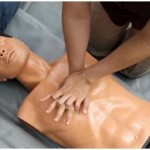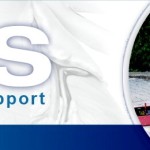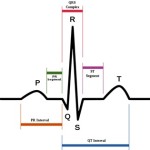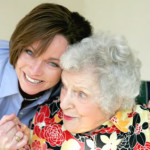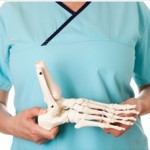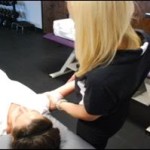Stroke Victims – Assistance In Stroke Paralysis And Physiotherapy
When the blood flow has been stopped for longer than a few seconds a stroke might occur. During that time the brain cannot get blood and if there is no blood flowing in the brain then there is not any oxygen. Without oxygen the brain cells are dying causing a permanent damage. There are two types of stroke: ischemic stroke and hemorrhagic stroke.
Ischemic stroke is often caused by clogged arteries. A person can have clogged arteries from fat, cholesterol and other substances that are collected on the artery walls, all together they are forming a sticky substance called plaque. Ischemic stroke can occur when a blood vessel that supplies the blood to the brain can be blocked by a blood clot. This can happen in two ways:
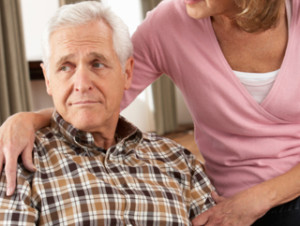 1. When there is a clot formed in the already narrowed artery- thrombotic stroke.
1. When there is a clot formed in the already narrowed artery- thrombotic stroke.
2. There is a clot formed in other parts of the body and travels up to the brain- embolic stroke.
A hemorrhagic stroke occurs when one of the blood vessels in part of the brain becomes weak and bursts open, this can cause leaking a blood into the brain. Some people have defects in the blood vessels of the brain that makes this more likely. This can cause lifelong and debilitating pain and damage to the person’s brain and nervous system. It is important for the person to receive physiotherapy on a regular basis to re-learn the muscle and brain functions.
Risk factors:
- High blood pressure
- Atrial fibrillation
- Diabetes
- Family history
- High Cholesterol
- Age
Symptoms
- Headache occurs; when you change positions or when you bend, starts suddenly, when you are lying flat.
- Changes in hearing
- Changes in taste’
- Clumsiness
- Loss of memory
- Decreased vision, double vision
- Loss of balance
- Loss of coordination
- Difficulty with writing and reading
How to assist a stroke victim
If somebody is having a stroke you have to know that this is a medical emergency. First you have to call your local emergency number or seek urgent medical care at the first signs of a stroke. It is very important for the stroke victim to get to a hospital as quickly as possible. Do not ever drive the stroke victim to the hospital; consider that this might take more time. Write the symptoms that this person have and the time when the symptoms began. This is very important information that you need to share with the medical professionals. Try to stay as calm as possible and talk to the person as much as possible.
Some basic physiotherapy steps to assist in stroke paralysis
If a stroke causes damage to the part of your brain that controls your movement, then you may experience weakness on the one side of your body. For these kinds of situations physiotherapy is what every stroke victim needs to recover. Here are some basic physiotherapy steps to assist in stroke paralysis.
Aerobic Exercise – recommended for all stroke patients
This is a physical exercise that helps the exchange of the oxygen in the muscle tissue. These aerobic exercises are recommended for all stroke patients, even for those who have received some degree of dual one-sided paralysis. The goal of the aerobic exercise is to increase the sensory motor function with the aerobic capacity. Gait belts, support straps or one more physical therapist is what the patient need to stand and maintain balance.
Physical Conditioning
Balance, coordination and stability is what can be achieved through this program with partially paralyzed patients. Active or passive exercises can help to prevent the muscles from atrophying. Physical conditioning is to help patients to learn how to gain as much use from the damaged limbs as well as to improve their strength.
Leg Rotations
Leg rotations are used to maintain the lower body musculature. The patient is performing passive range of motion exercises for the lower extremities. The patient needs to be placed on a bed with his legs extended straight. Supporting the ankle and knee joint, move the right leg outward and then inward, lift the leg slightly so can cross over the other leg. You need to repeat this exercise for the other leg too.


